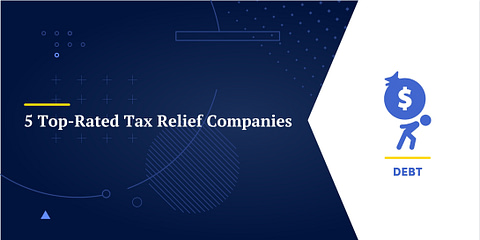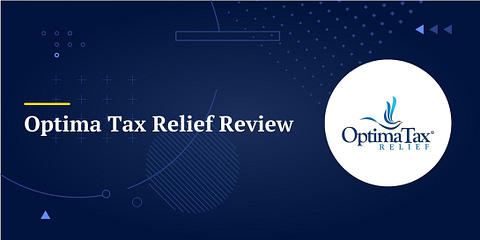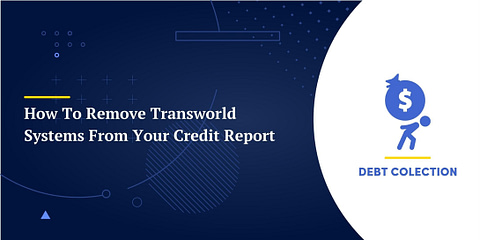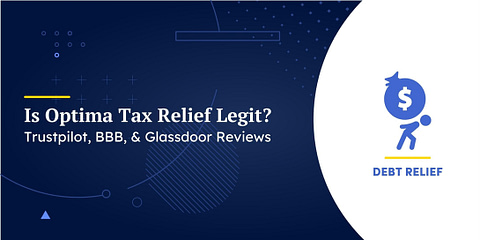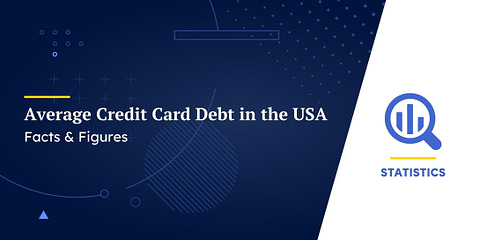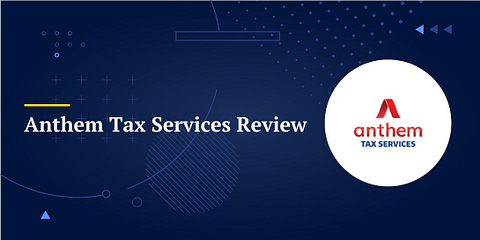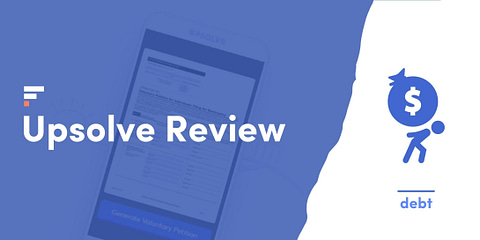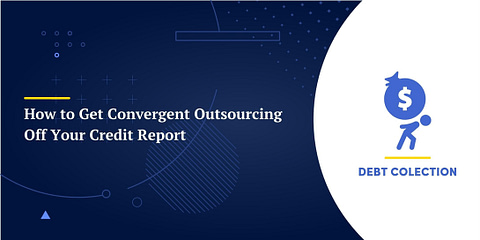If you have unsettled IRS tax debt, you might have heard an offer in compromise could solve your problems. But what is an offer in compromise and how does it work?
Americans aren’t known for their ability to save money. With 21% of working Americans not saving any money at all – not for retirement, emergencies, or other financial goals – how can they afford to pay tax debt? Luckily, the IRS has something called an offer in compromise (OIC).
How can that help? It can let you settle your tax debt for a lot less than you owe. If you’ve never heard of an offer in compromise, here are some things you need to know to settle with the IRS.
How Does an Offer in Compromise Work?
Knowing what’s a scam and what’s real isn’t always easy. You’ve likely heard from companies that claim to settle your tax debt for pennies on the dollar. Sounds too good to be true, right?
Not so fast. The IRS has an option to settle your tax debt if you can’t pay what you owe. It’s called an offer in compromise (OIC). And it can reduce or eliminate your outstanding tax balance.
Applying for an Offer in Compromise
An OIC isn’t for everyone. In fact, the IRS suggests that you “explore all other payment options before submitting an offer in compromise.” If you’re not sure which programs you might qualify for, check with a tax professional.
“Professionals will know if the taxpayer is eligible for other forms of relief or repayment plans that could be better for the taxpayer,” said Arthur Rosatti, Esq., an attorney with Ashley F. Morgan Law, PC.
Offer in Compromise Mistakes:
Tax relief expert (and former IRS revenue officer). Jeffrey McNeal says when he processed offers, he saw tons of mistakes made on the forms, even when prepared by CPAs and enrolled agents!
Before applying, you must have filed all required tax returns. If you don’t, the IRS will return your OIC application. If you’re ready to apply, you’ll use Form 656. You might also need Form 433-A and Form 433-B, but not everyone does.
Application Fees and Payment Options
The application and forms are just the beginning. There’s also a filing fee of $186. But you have to act fast. The IRS is raising the OIC application fee to $205 on April 27, 2020. You may also have to submit an initial payment. Though, that isn’t always the case. It depends on your situation and which payment option you pick. With an OIC, you have two payment choices:
- Lump sum
- Periodic payment
With a lump sum, you pay 20% of your offer amount and send that money to the IRS with your application. Then what?
You must pay the rest of your balance off in no more than five payments. There’s also something called period payment. That’s a little like a payment plan or installment agreement. Unless the IRS considers you to be “low income,” your first payment is sent with your application. Then, continue making payments while they review your offer. Just keep in mind:
Submitting payments while your offer is pending can help you pay the offer quicker, but you will not get that money back if your offer is rejected.
Arthur Rosatti
Will You Get Approved?
Not every taxpayer who owes back taxes will qualify for an OIC.
Arthur Rosatti
Who gets approved?
The IRS has an offer in compromise pre-qualifier tool to see if you’re eligible. But really, it depends. Your assets, income sources, and monthly allowable expenses are part of the decision.
If you have enough assets and income to pay your debt, the IRS will likely reject your offer. They’ll reject your offer if your disposable income is more than what a standard repayment plan is, too.
We commonly see individuals with money in retirement or equity in their home that the IRS would want to see liquidated in a valid offer.
Arthur Rosatti
Basically, the IRS wants to get the maximum amount they can.
What If You’re Denied?
Settling your tax debt is great if it works. But there’s one problem, in 2018, the IRS rejected more offers than it accepted. What can you do if you’re denied?
Quick tip: Once you start an installment plan, you will have a harder time qualifying for a debt reduction request later. We recommend you speak to an expert to see if you qualify for tax relief first.
First, don’t wait around. You can file an appeal, but you have to do it within 30 days.
“Like most times dealing with the IRS, you can go it alone. It is better to have a professional there to make sure everything is submitted properly.
Arthur Rosatti
Is Offer in Compromise Right For You?
An offer in compromise isn’t an option for most people. But what if you’re down and out? And paying your tax debt would create a financial hardship? Then it can be a game changer.
But first, talk to a tax professional. A tax debt relief company, CPA, or tax attorney can make all the difference. They’ll review your situation and find out if OIC is best or if you’d be better off going with another option.
And remember, the IRS will work with you. But on one condition. You must talk to them. If you ignore their requests or leave them in the dark, you’re only making it worse.


